#Tubuleslive Event: CEREC Integration in Practice
This week's #Tubuleslive event was hosted by yours truely, and was led by Colin Campbell, a really inspirational figure in the profession.
His talk was on how he integrated CEREC into one of his practices and here I shall summarise his main points.
 |
| A CEREC designed and milled Emax crown on the lower first molar. |
Colin Campbell is a specialist oral surgeon who is mainly interesting in implant dentistry. He has introduced the CEREC system into one of his practice and integrated it with his CBCT system (Sirona) which has resulted in more predictable outcomes for patients and ultimately benefited the team and practice as a result of improving patient care and also patient satisfaction.
- CAD/CAM has many applications in patient care: from CBCT scanning to the production of surgical guides and provisional restorations as well the final definitive restoration
- CEREC can be used conventionally to manufacture restorative extra-coronal restorations such as inlays, onlays and full coverage crowns.
- These restorations are made on the same day, which means that there is no need for a provisional restoration and there is only one visit for the patient - this often increases patient satisfaction as they can watch the milling of their restoration sitting in the waiting room
- CEREC alongside CBCT scanning can be used in the diagnosis and planning of treatments and can be useful to help explain to patients their situation as a 3D image of their teeth and their surrounding anatomy can be generated.
- This 3D image gives a better diagnosis than conventional 2D imaging as you can accurately diagnose fractures, qualities of root fillings, periapical areas, the amount and quality of the surrounding bone and proximity to vital structures e.g. ID canal
- All the team can be involved in the diagnosis and planning stages of a patient's visit - appropriately qualified nurses and technicians can take the scans and place implants in the correct place on the scan. This can lead to more efficient use of a clinician's time
- Provisional restorations can be milled from composite blocks based on these planning stages to help plan the emergence profile of the restorations, shape the soft tissues as well as help the patient understand what the final restoration may look like
- CEREC can then be used to scan preps or the implant (either at the same stage as the surgery or delayed) so there is no need for impression taking
- Definite materials for implant crowns include Zirconia and Emax. Emax crowns can be milled in 12-13 minutes!
- If there are any issues with the provisional or definitive restorations, data has been stored electronically so re-milling is easy and there is no loss of information which can happen with an analogue system.
- In order to introduce a CEREC or CBCT system into practice, you will have to invest quite a lot of money both in the equipment but also in yourself in terms of training.
- These systems, despite the high initial outlay can help increase your turnover as you are not only providing a better quality of care for your patients, you can actually save a lot of clinical time so you can ultimately see more patients!
I hope this short summary has enthused some of you to learn more about CEREC and CAD/CAM which will probably be the future of dentistry. Thanks to Colin for a great talk and making my first hosting for #TubulesLive such an enjoyable experience!
The next #Tubuleslive event will be next week the 19th of February: CBCT in practice with Andrew Legg
Why not attend the live audience where you can get FREE CPD! Register online and if you're wondering how #Tubuleslive is set up, check out this timelapse from the set up at this event.
Do you use CEREC in practice? Or are you considering doing so? Please comment in the section below!

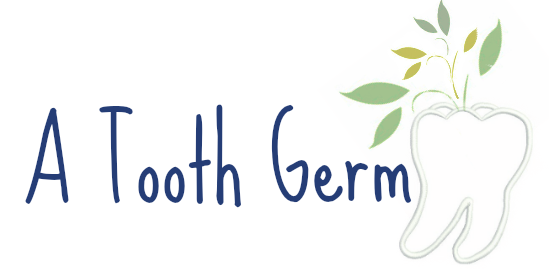
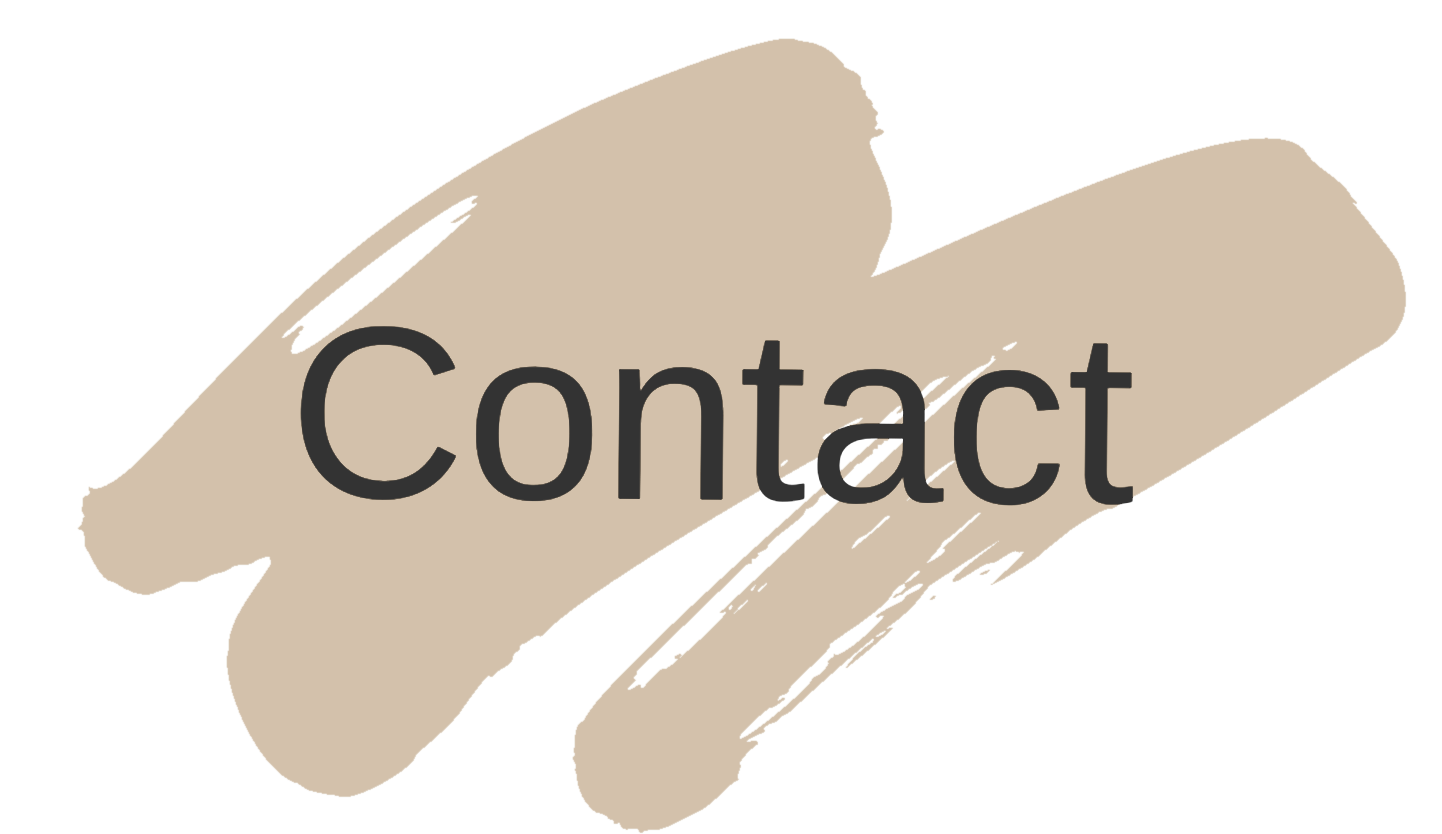

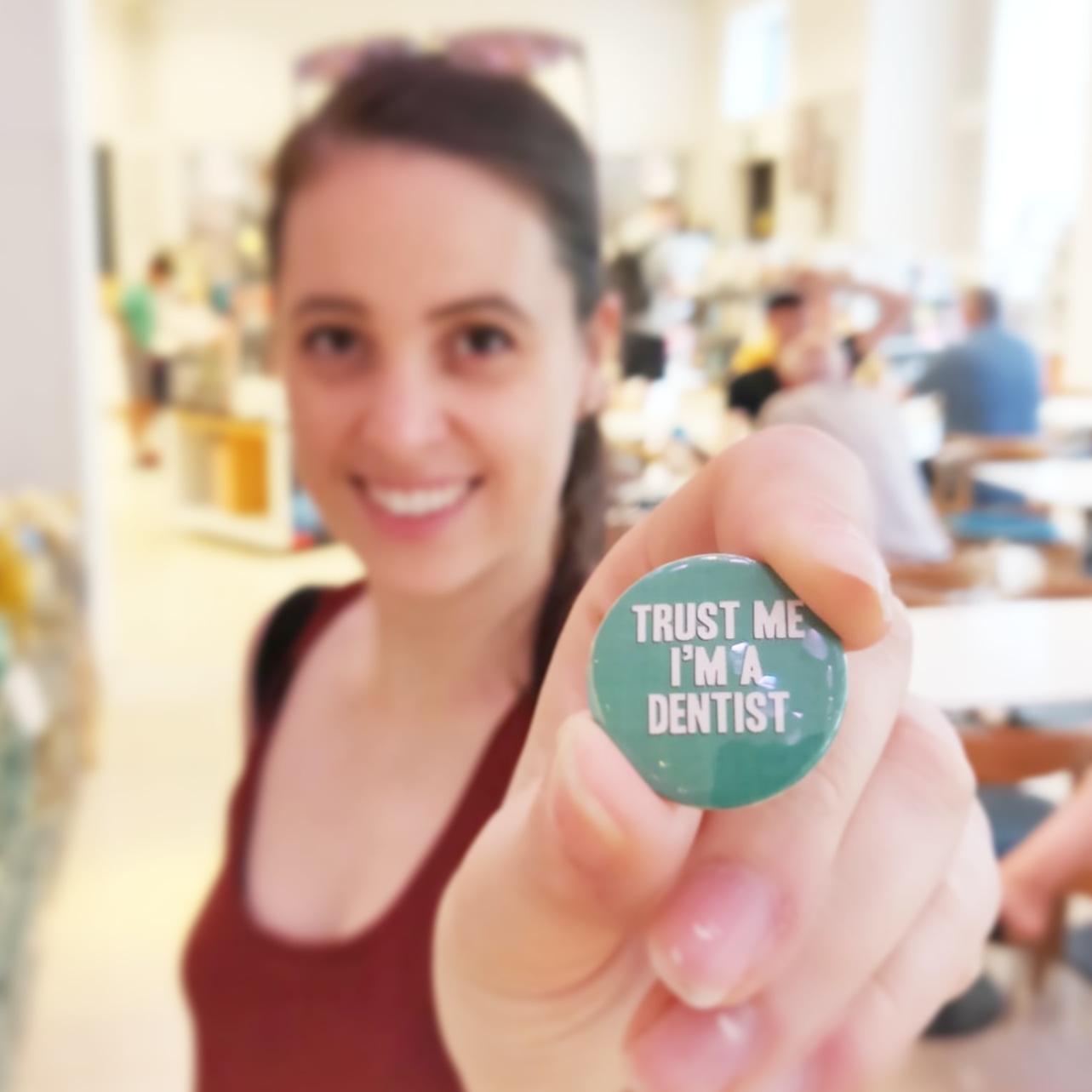





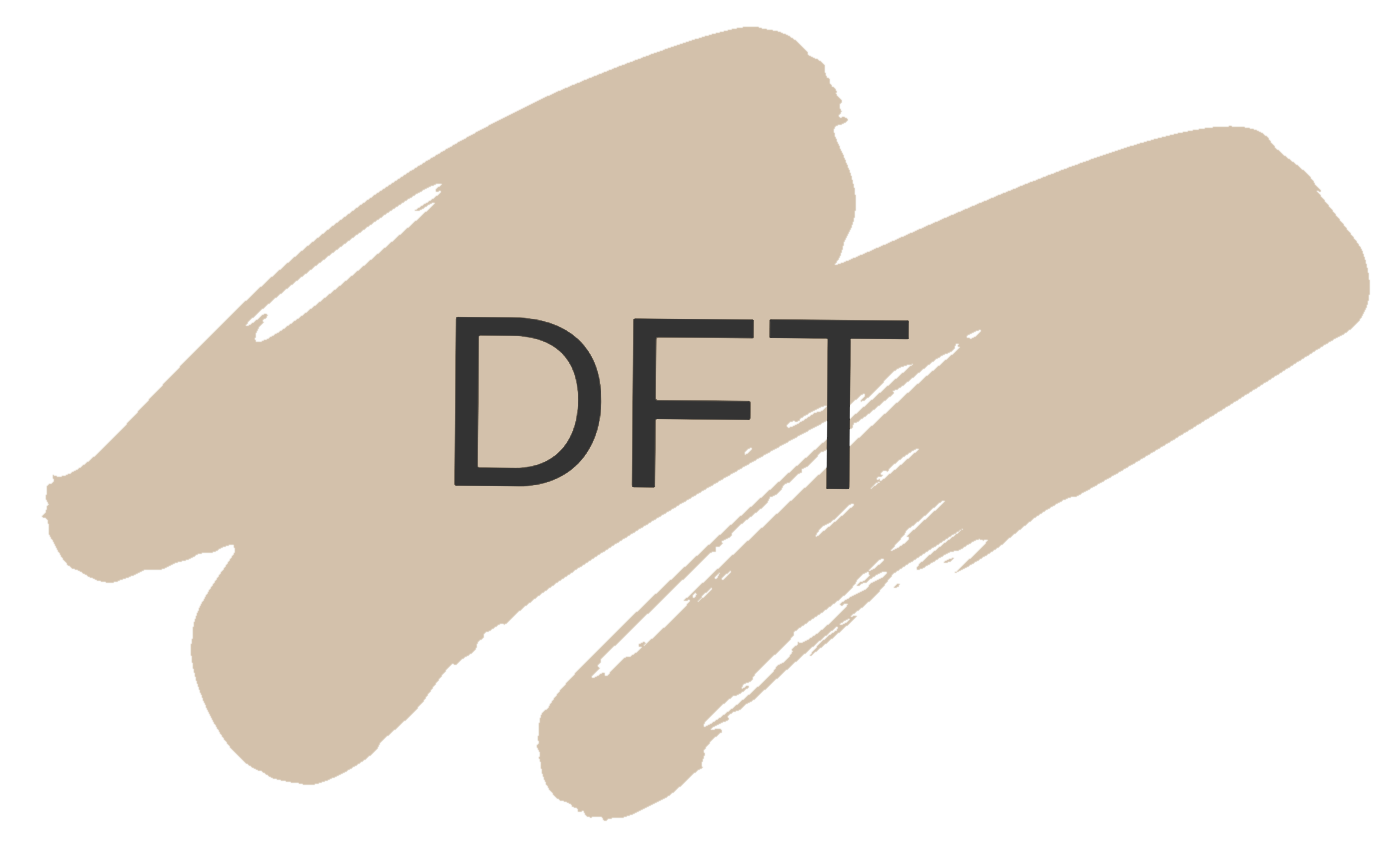


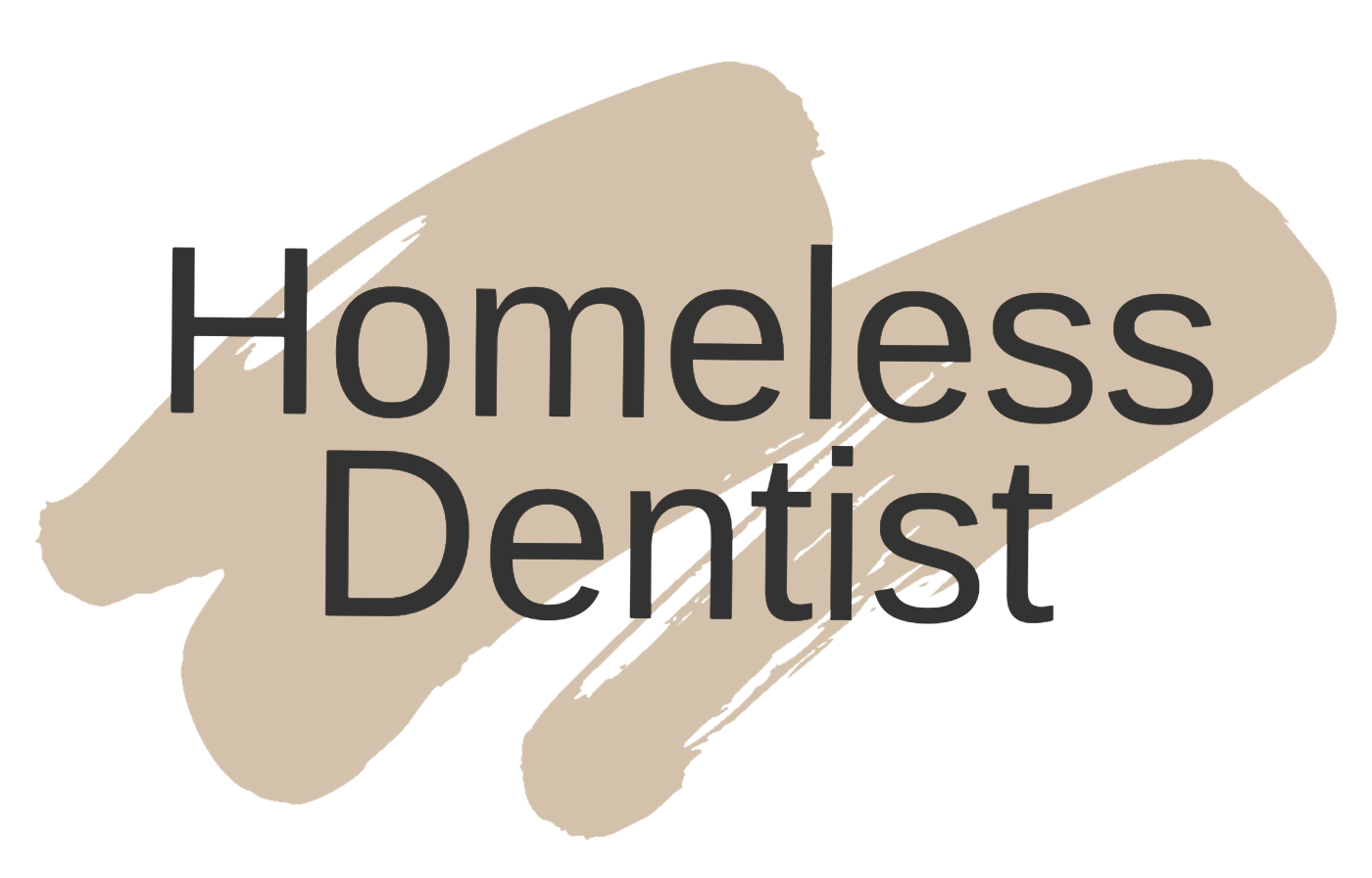


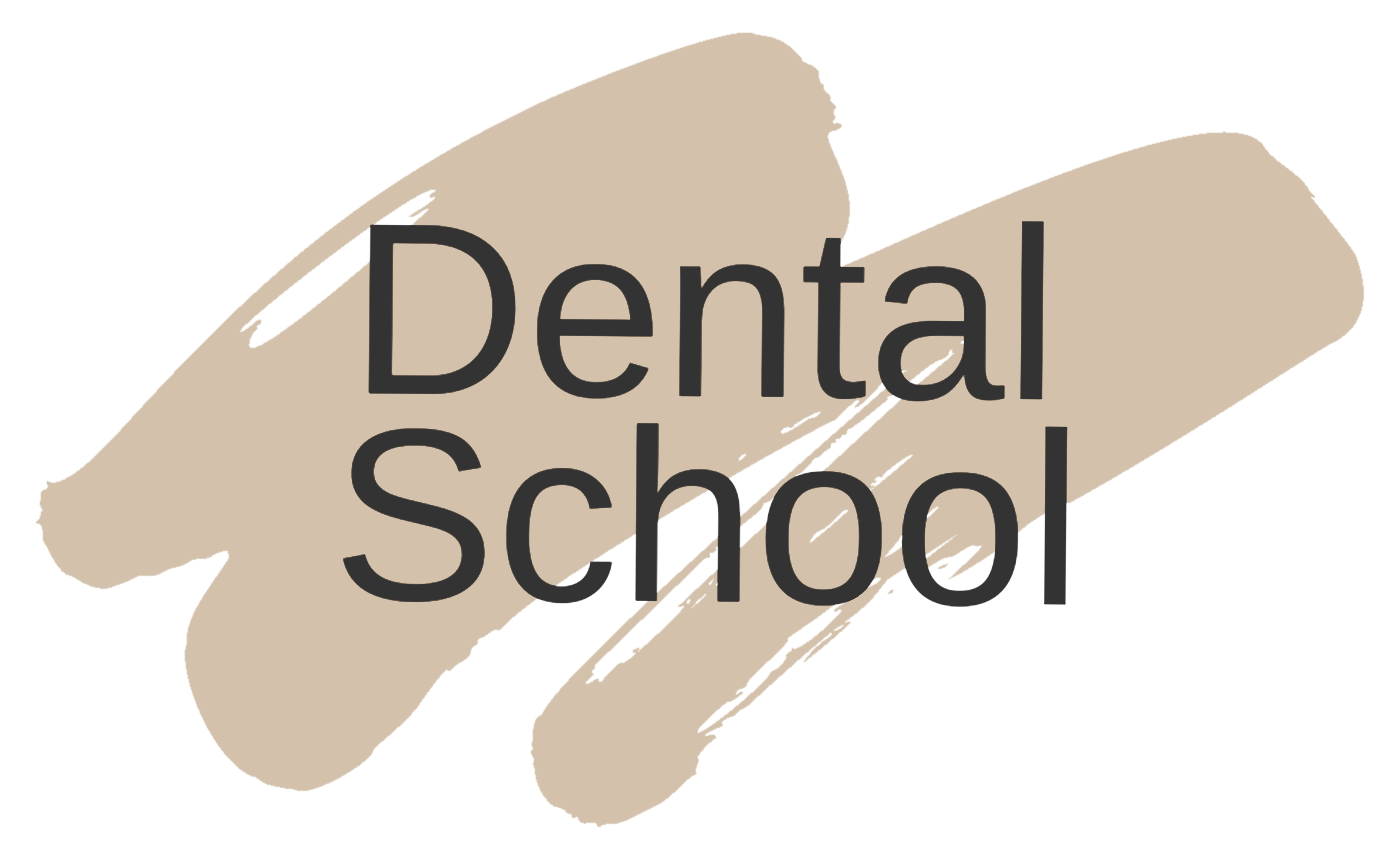
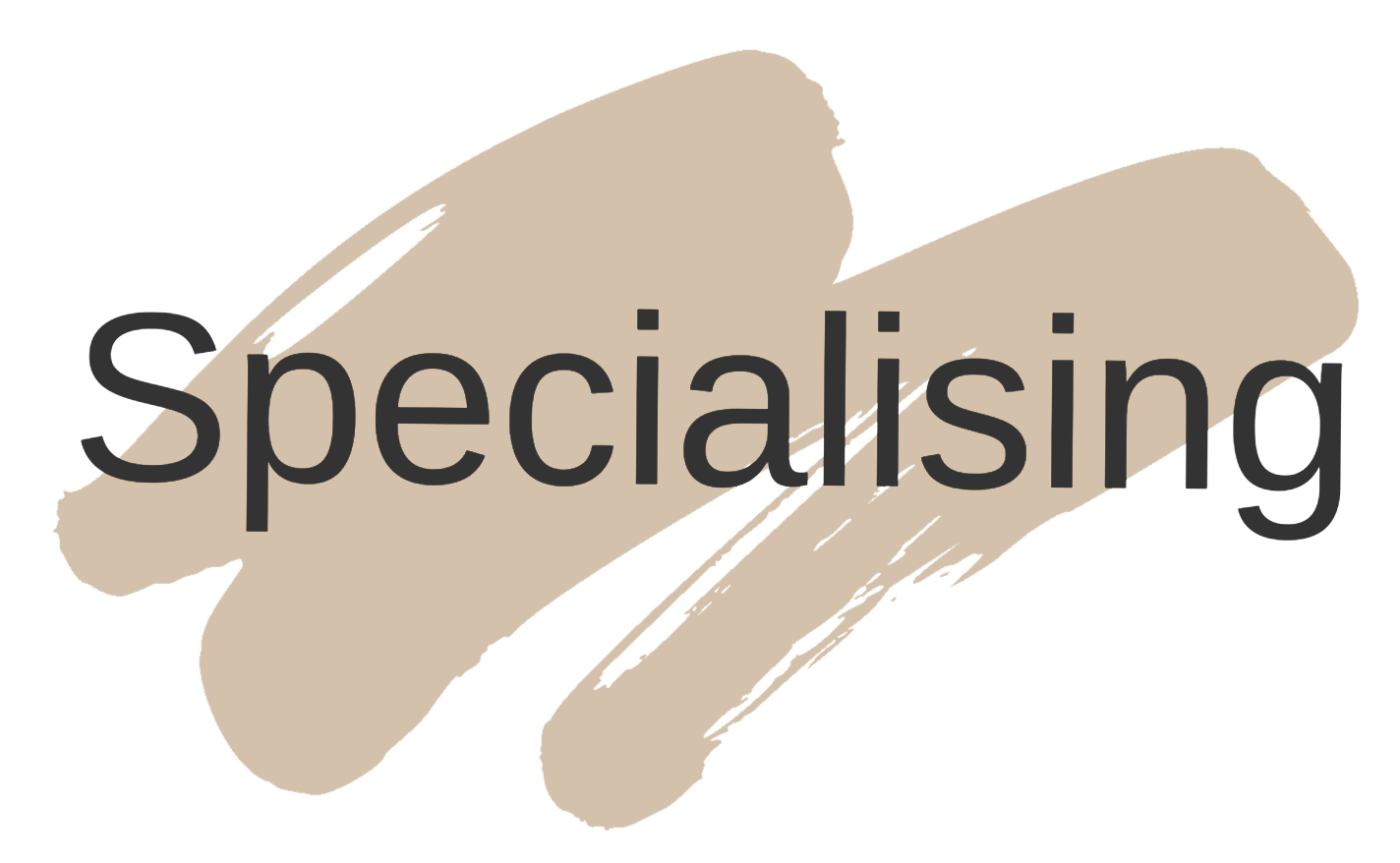
0 comments